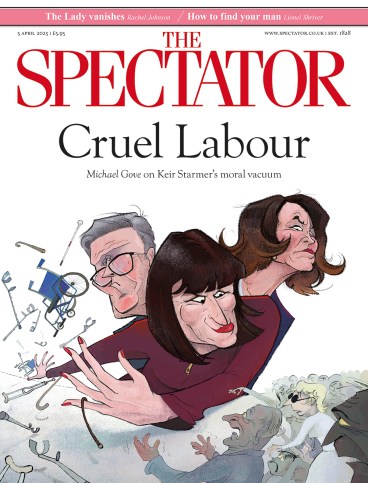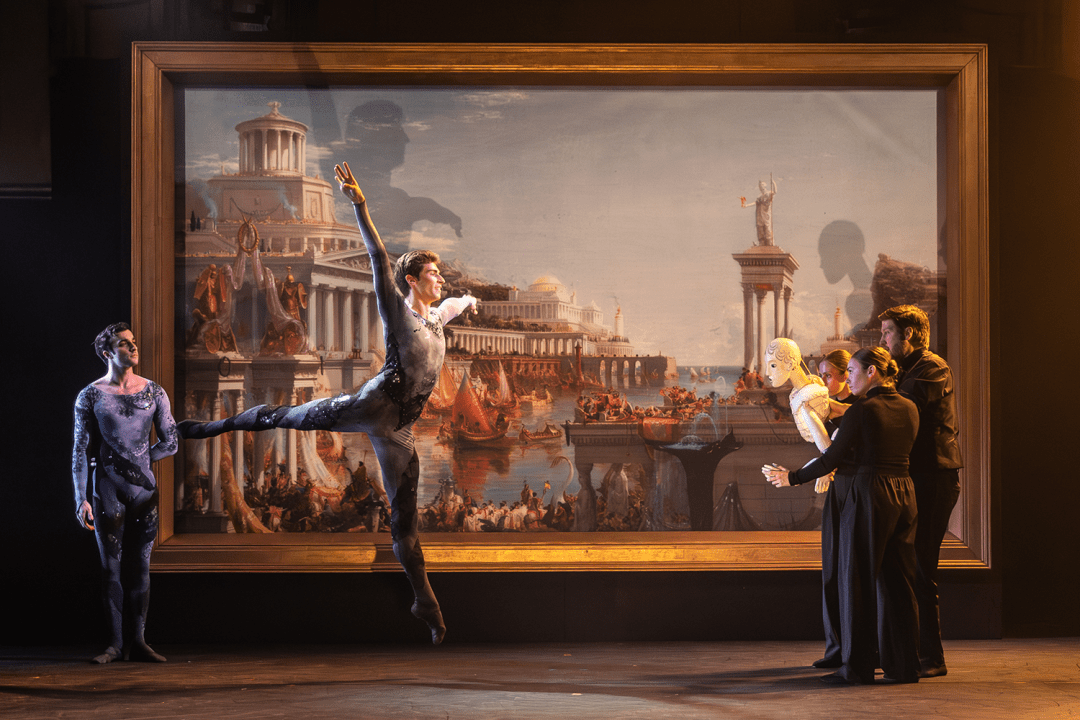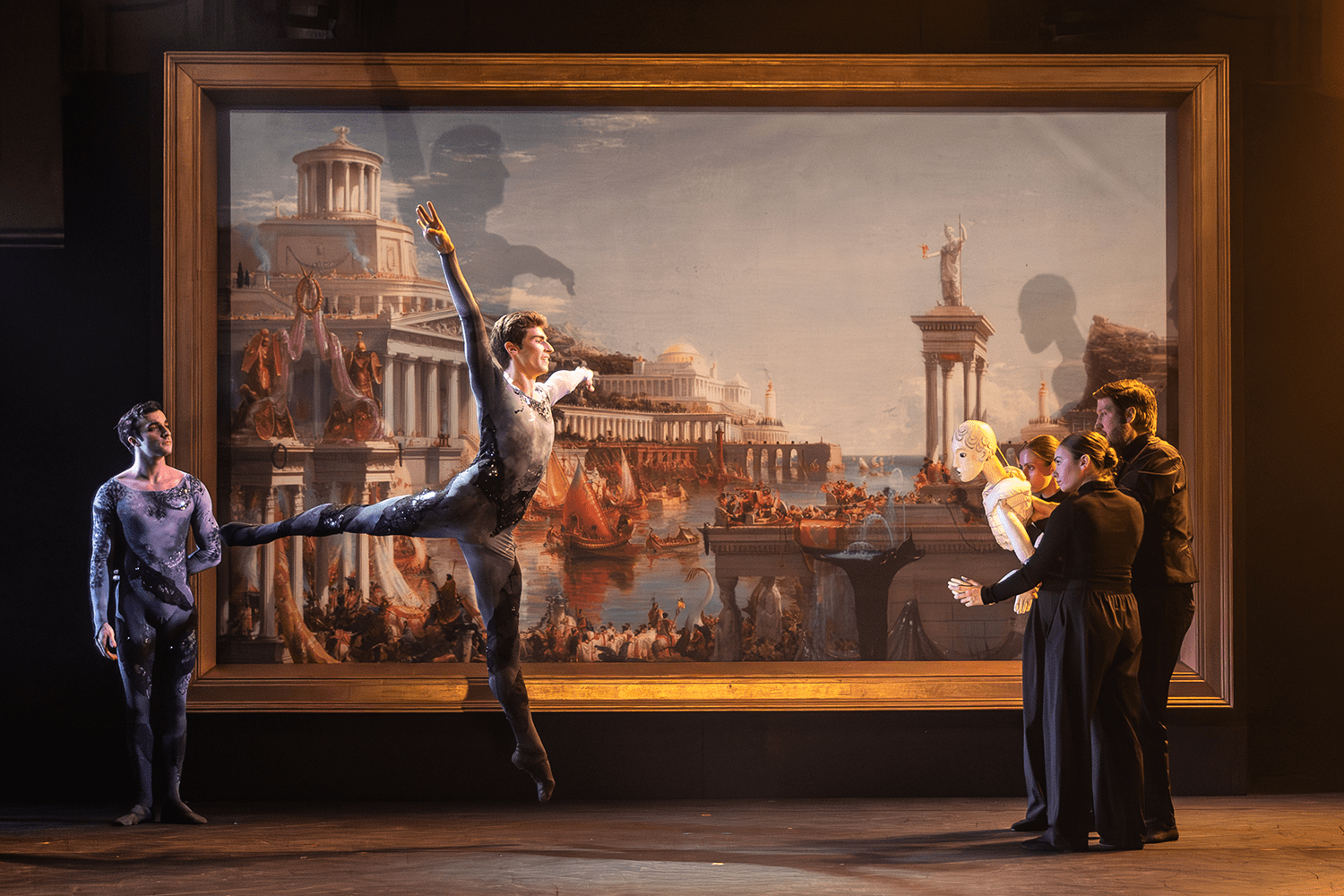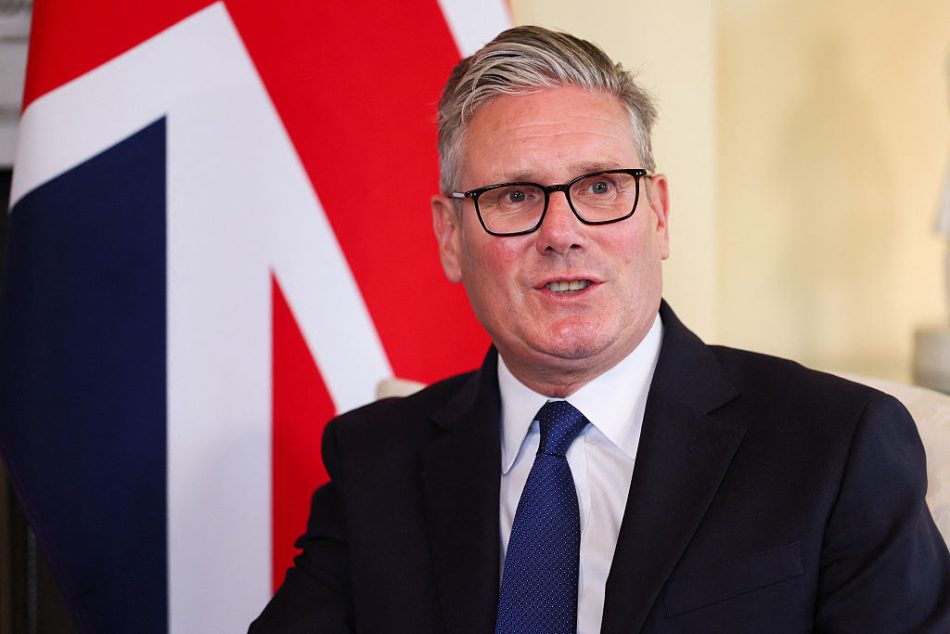
It’s Arvo Part’s 90th birthday year, which is good news if you like your minimalism glum, low and very, very slow. Lots of people seem to. The London Philharmonic’s concert on Saturday night was a reminder of an earlier, less ingratiating Part: the dissident composer in Soviet-controlled Estonia. Hannu Lintu revived Part’s First Symphony of 1963, and there’s nothing remotely minimal about its opening. There’s a swagger of brass, machine rhythms and an onslaught of string chords in which the dissonances don’t feel aggressive so much as mischievous. This is a young composer taking a manic glee in piling on the wrong notes just because he can.
A bold, obstreperous piece, in other words and it’s the colours that make it: jagged brass taunts and occasional pools of pared-back stillness – a whispered clarinet trill, a violin solo – that hint at the future Part familiar from Radio Three’s exciting new insomnia playlist. On the strength of this performance, which was excellent, I wasn’t convinced that the Symphony was quite as bolshy as it makes out – that if you removed the tone-rows and the lip-smacking discords you’d be left with much more than Hindemith-style paste-and-cardboard neoclassicism. (The programme note described serialism as a ‘hardcore modernist movement’, which was sweet, and reminiscent of Betjeman’s description of High and Over – ‘a style called Moderne, perhaps rather old-fashioned today’.)
Still, it’s bracing to recall how different the world looked from the wrong side of the Iron Curtain; and how, for composers like Part and Lutoslawski – whose Third Symphony made up the second half of the concert – theories that were already hardening into dogma in the West proved a genuinely liberating force. It says something that composers like these (and the Hungarian Ligeti) were really the only ones who could still make old-school modernism fly, as late as the 1980s. Interesting, too, how the strongest influence on both these symphonies – in the swarms of micro-notes, the slashes of colour, and that tingling sense of dissonance as life-force – isn’t Stravinsky or Boulez or even poor old Schoenberg. It’s Bela Bartok.
So, that was one thought. Another was that the musicians of the LPO – having played Nielsen’s Fifth and Saariaho’s Orion just three days previously – must have been absolutely knackered. If so, there was absolutely no way you’d have guessed. The precision, as well as the energy of their playing, was formidable. Twenty first-century concertgoers take for granted a basic standard of orchestral virtuosity which would have been unthinkable even a generation ago.
More astonishingly still, Lintu had agreed to conduct at short notice, which suggests that either he already knew both of these complex postwar works (plus Tan Dun’s Water Concerto of 1998, which completed the programme), or that he was able to master them within a matter of days. Either would be impressive; but then, they know a thing or two about training conductors in Finland. The Lutoslawski was volcanic. Lintu opened with a blast of lightning, then held the whole vast structure taut while Lutoslawski’s lyricism rose like a spring tide. It broke surface in a blaze of light that had the audience (a Queen Elizabeth Hall audience, remember, at the end of a gnarly programme) yelling and cheering.
In between, the percussionist Colin Currie was the soloist in the Water Concerto, in which orchestral sounds ranging from farmyard squawks to jangly pentatonic folk tunes are accompanied by plopping and sploshing sounds, made by Currie in a pair of water-filled basins. The audience laughed at the sillier bits and kept perfect silence when Tan Dun’s imagination found some particularly arresting or delicate sonority. After the first ten minutes the splashing and trickling ceased to register, except as a diuretic. But playfulness is an undervalued quality, and Currie’s measured, deliberate movements gave the whole thing a curious gravity. It needed to be seen, as well as heard.
Meanwhile the London Handel Festival moved into Shoreditch Town Hall for this year’s main show – a double bill of Apollo e Dafne and The Choice of Hercules, played against a gigantic baroque oil painting in a fairly conventional staging by Thomas Guthrie. There was a big, sumptuous-sounding period instrument orchestra (La Nuova Musica, under David Bates) and some beautifully pointed singing (Dan D’Souza, as Apollo, a real beefsteak of a baritone). The boy Hercules was represented by a blank-faced puppet.
But there’s not much action in either piece, and most of the running was made by three pairs of dancers in skintight outfits: strapping youths and willowy nymphs, choreographed by Valentino Zucchetti into graceful physical representations of Handel’s curves and flourishes. It confirmed a private suspicion about Handel, or at least his early, Italian works such as Apollo e Dafne. The stately airs and moralising librettos are a red herring – basically, it’s all about sex.







Comments